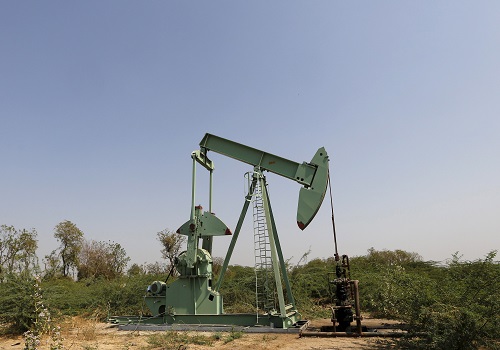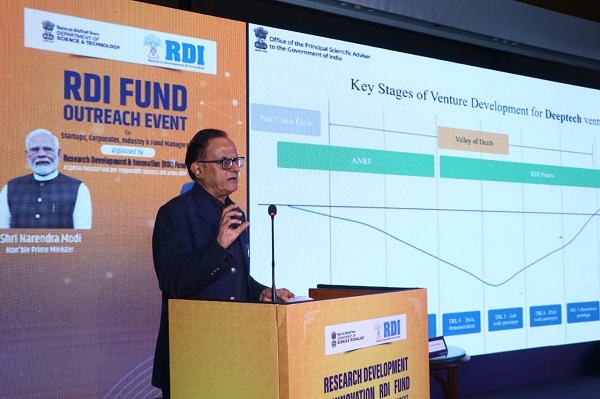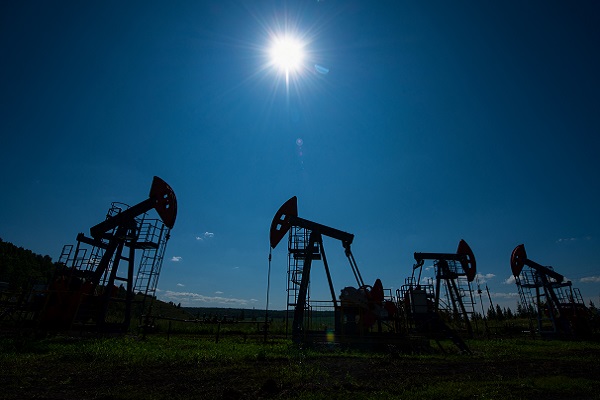Global Oil Demand Slows as China's Influence Diminishes by Amit Gupta, Kedia Advisory

The International Energy Agency (IEA) forecasts a significant slowdown in global oil demand growth to under a million barrels per day due to China's contracting consumption and broader economic challenges. While OPEC projects much higher demand increases, the IEA highlights factors like economic stagnation, increased energy efficiency, and the rise of electric vehicles as major headwinds. Oil supply is expected to hit record levels, with non-OPEC+ countries leading the growth.
Highlights
Slowing Global Oil Demand Growth: The International Energy Agency (IEA) projects a significant slowdown in global oil demand growth to just under a million barrels per day (bpd) for this year and next. This represents a deceleration compared to previous years.
China's Reduced Influence: Chinese oil consumption contracted in the second quarter due to economic challenges, causing its contribution to global demand growth to diminish. China, which previously accounted for 70% of global demand gains, is expected to see its share fall to around 40% in 2024 and 2025.
Second Quarter Demand Increase: Global oil demand rose by 710,000 bpd year-on-year in the second quarter, marking the lowest quarterly increase in over a year. This reflects broader economic and consumption trends impacting the global oil market.
Diverging Forecasts: Oil demand growth forecasts vary widely, with the IEA projecting relatively low growth while OPEC maintains much higher forecasts. This divergence stems from differing views on the pace of the global transition to cleaner fuels and other factors.
IEA's Demand Growth Forecasts: The IEA forecasts oil demand growth of 970,000 bpd this year, slightly down from last month's outlook, and 980,000 bpd for next year, reduced by 50,000 bpd. These figures highlight the expected modest increase in oil demand.
OPEC's Higher Demand Projections: OPEC predicts oil demand to rise by 2.25 million bpd this year, significantly higher than the IEA's estimates, with China contributing a substantial portion of this growth. This highlights the contrasting perspectives between the two organizations.
Factors Limiting Demand Growth: The IEA attributes the slowdown in demand growth to factors such as lackluster economic growth, increased energy efficiency, and the rise of electric vehicles, which collectively act as headwinds for oil demand in the near term.
Record Oil Supply Growth: Oil supply growth is expected to hit 770,000 bpd this year, raising total supply to a record 103 million bpd. This growth is anticipated to more than double next year, led by increases from the United States, Canada, Guyana, and Brazil.
OPEC+ Production Needs: Despite generally sluggish demand, the IEA indicates that demand for oil from the OPEC+ producer group will exceed its current production levels. The IEA suggests that OPEC+ could potentially increase its output to meet this demand.
Future OPEC+ Demand: The IEA projects that the call on OPEC+ crude will be 42.2 million bpd in the third quarter of 2024 and 41.8 million bpd in the fourth quarter, above current output levels. However, this demand is expected to decline to 41.1 million bpd next year due to rising output from non-OPEC+ producers.
Conclusion
The IEA's latest report underscores a shifting landscape in global oil demand, with China's diminishing role and rising efficiency measures curbing growth. Despite diverging forecasts, particularly from OPEC, the overall trend points to a moderation in demand increases. Non-OPEC+ nations are set to significantly boost oil supply, potentially altering market dynamics. The future of oil demand will increasingly be influenced by economic factors and the global transition to cleaner energy sources. This complex interplay will shape the strategies of oil producers and consumers alike.
Above views are of the author and not of the website kindly read disclaimer























